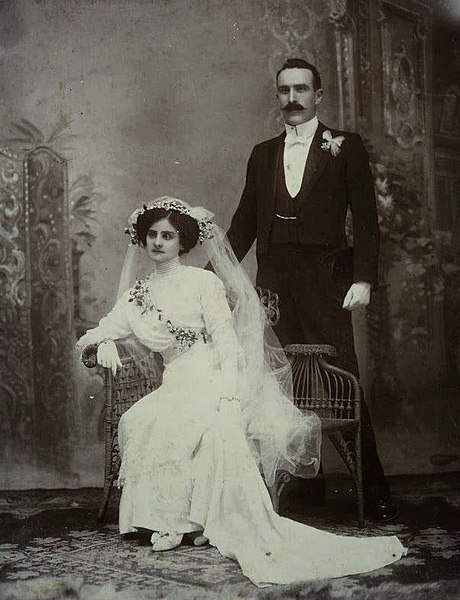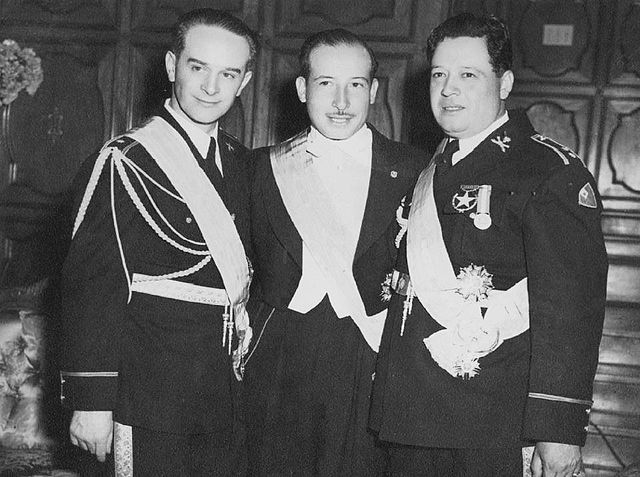1954 Guatemalan coup d'état
The 1954 Guatemalan coup d'état deposed the democratically elected Guatemalan President Jacobo Árbenz and marked the end of the Guatemalan Revolution. The coup installed the military dictatorship of Carlos Castillo Armas, the first in a series of U.S.-backed authoritarian rulers in Guatemala. The coup was largely the result of a CIA covert operation code-named PBSuccess.
U.S. President Dwight D. Eisenhower (left) with U.S. Secretary of State John Foster Dulles, the advocate of the coup d'état, in 1956
Manuel Estrada Cabrera, President of Guatemala from 1898 to 1920, granted several concessions to the United Fruit Company.
Farmland in the Quetzaltenango Department, in western Guatemala
The former headquarters of the United Fruit Company, in New Orleans. The company played a key role in instigating the 1954 coup d'état.
Juan Jacobo Árbenz Guzmán was a Guatemalan military officer and politician who served as the 25th President of Guatemala. He was Minister of National Defense from 1944 to 1950, before he became the second democratically elected President of Guatemala, from 1951 to 1954. He was a major figure in the ten-year Guatemalan Revolution, which represented some of the few years of representative democracy in Guatemalan history. The landmark program of agrarian reform Árbenz enacted as president was very influential across Latin America.
Árbenz's parents, Hans Jakob Arbenz and Octavia Guzmán Caballeros
Árbenz seated next to his wife Maria Cristina Vilanova in 1944. His wife was a great ideological influence upon him, and they shared a desire for social reform.
President Jorge Ubico in the 1930s. Like his predecessors, he gave a number of concessions to the United Fruit Company and supported their harsh labor practices. He was forced out of power by a popular uprising in 1944.
Árbenz, Jorge Toriello (center), and Francisco Arana (right) in 1944. The three men formed the junta that ruled Guatemala from the October Revolution until the election of Arévalo.








